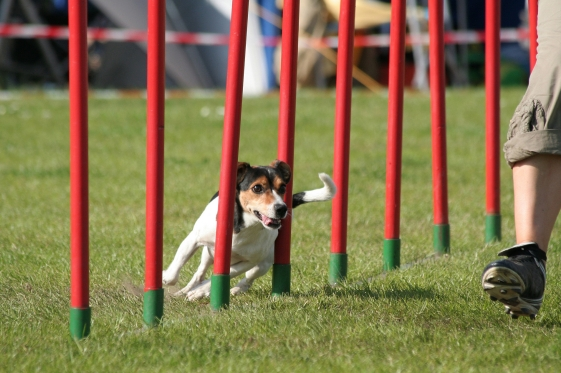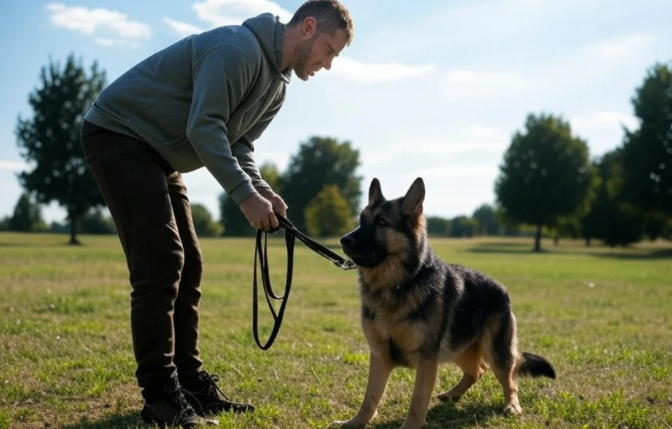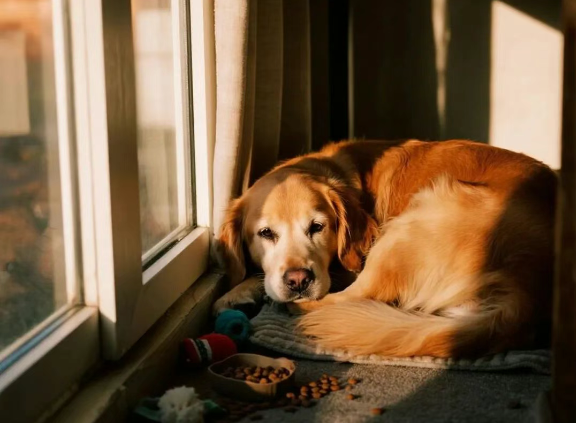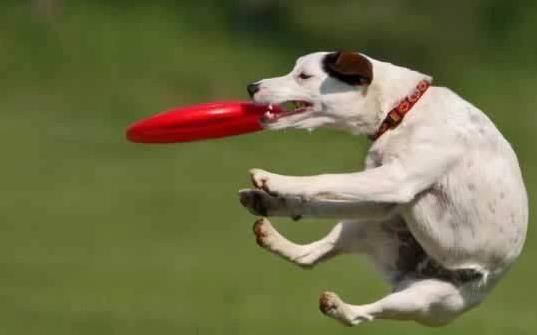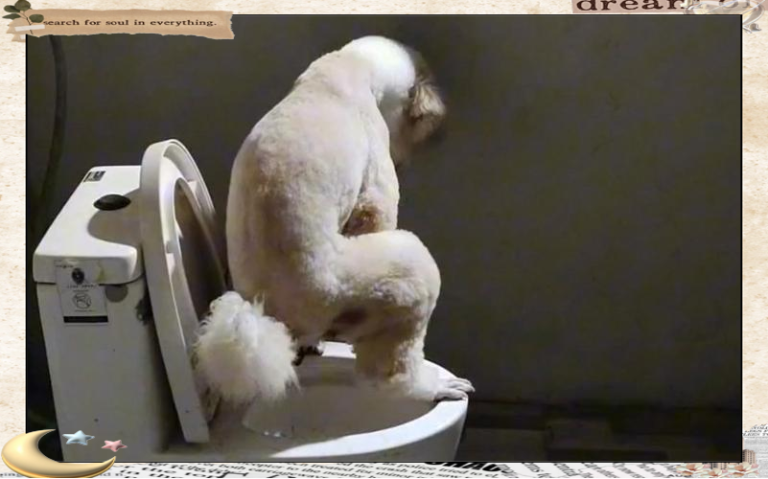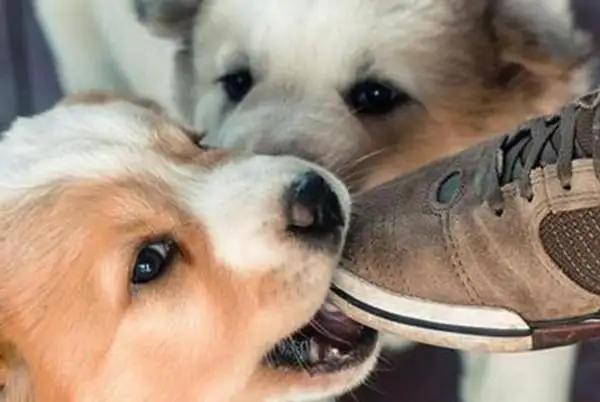29 Basic Actions to Train Your Dog ~ Good Dog Raising Tips Remember to Favorite
In the warm, comforting moments of pet companionship, dogs undoubtedly stand out as one of the most loyal and endearing friends. They not only provide us with unconditional love and support but—with proper training—can become indispensable helpers in our everyday lives. Training your dog not only builds good behavioral habits but also deepens the bond between you and your pet. Today, we’ll explore several basic yet practical training commands that are perfect for any owner looking to improve communication with their dog.
1. Sit
Teaching your dog to sit is every pet owner’s first lesson. Hold a treat or toy in front of your dog, then slowly lift it above their nose while saying “sit.” When your dog naturally sits while trying to follow the treat or toy, immediately reward and praise them. Repeat this process until your dog reliably sits on command.
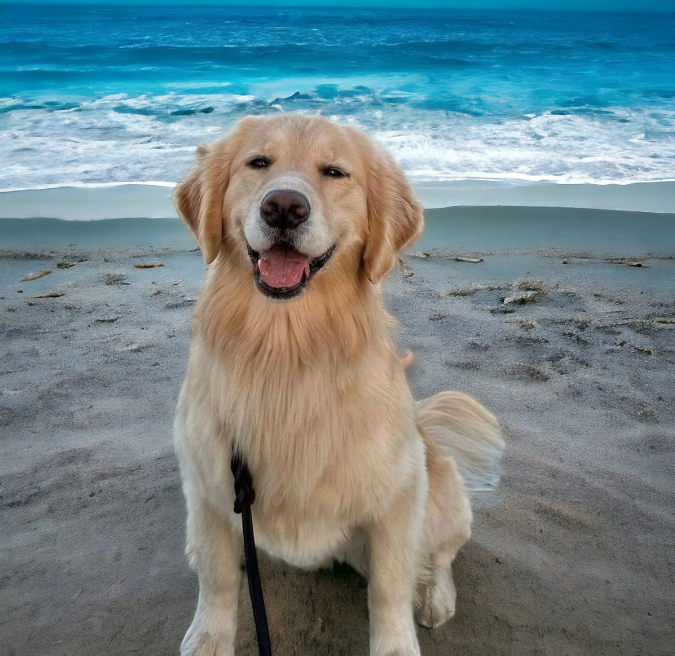
2. Lie Down
Once your dog has mastered sitting, you can start teaching them to lie down. Begin with your dog in a sitting position. Gently press on their back while slowly moving the treat or toy down to the ground and saying “lie down.” As soon as your dog lies down, offer a reward. Gradually increase the distance and difficulty until your dog can perform the command based solely on your verbal cue.
3. Stay
The stay command is essential for teaching your dog to control their impulses. Start with your dog either sitting or lying down, then take a few steps back while saying “stay.” If your dog holds their position, go back to them and reward their behavior. Over time, extend both the duration and distance of the stay until your dog can reliably obey the command in various situations.
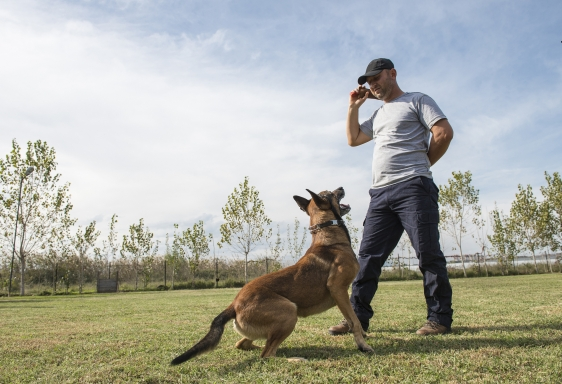
4. Come
The “come” command is crucial for your dog’s safety. Begin in a quiet, distraction-free environment and ensure your dog is on a leash. When your dog is relaxed, gently pull on the leash while softly calling their name and saying “come.” Once your dog approaches you, provide plenty of positive feedback and rewards. As they master this command, gradually practice it in more challenging settings.
5. Wait
The wait command teaches your dog to pause until given permission to act. For example, before feeding time, place the food in front of your dog but cover it with your hand and say “wait.” Only allow your dog to eat when you say “okay” or give another clear signal. This training is especially useful for controlling your dog’s impulses when opening doors or crossing streets.
6. Heel
The heel command trains your dog to walk closely by your side. Start with your dog sitting next to you and holding the leash. As you take a step forward, say “heel” and gently guide your dog with the leash. When your dog follows smoothly, immediately offer praise and a reward. Over time, reduce your reliance on the leash, using only verbal cues and hand signals until your dog can walk by your side unassisted.
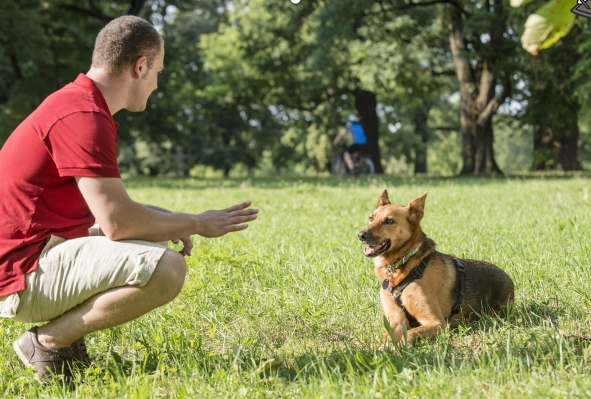
7. Search and Retrieve
This fun exercise boosts both your dog’s cognitive and physical skills. First, hide your dog’s favorite toy or object a short distance away, then give the command “search” and let your dog find it. When your dog locates the object and brings it back, warmly greet them, say “retrieve,” and reward them. As your dog improves, increase the challenge by hiding the object further away, in more concealed spots, or even in different rooms to enhance their scent tracking and memory skills.
8. Leave It and Drop It
The “leave it” command instructs your dog to avoid or keep a distance from certain items, while “drop it” tells them to release something they have picked up. For “leave it,” place an object in front of your dog and block access with your body or hand as you say “leave it.” If your dog avoids the object, reward them. For “drop it,” when your dog has something in their mouth, say “drop it” and gently open their mouth to help remove the item. Once the object is released, offer praise and a reward.
9. Obstacle Course
This exercise not only improves your dog’s physical fitness but also enhances their agility and confidence. Set up simple obstacles—like low benches or small tunnels—and guide your dog through them one at a time. Initially, use treats or toys to encourage your dog, then gradually reduce the assistance until your dog can confidently navigate the course on their own.
By practicing these basic yet effective training commands, you will not only boost your dog’s obedience and skills but also reinforce the love and patience that form the foundation of your relationship. Remember, training your dog is a gradual and enjoyable journey. With patience, care, and positive reinforcement, your bond will grow even stronger and more harmonious.
